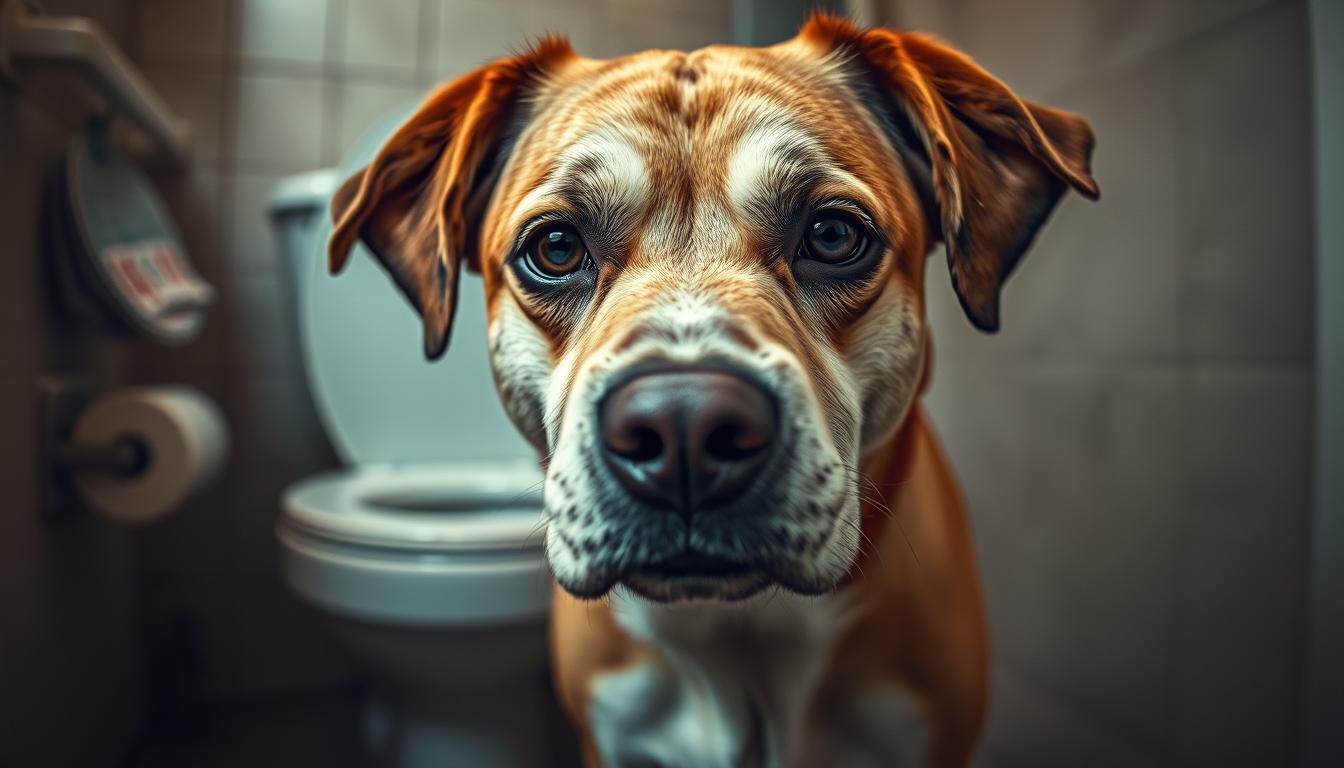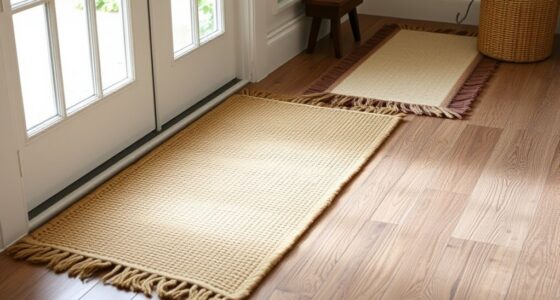Did you ever pause and wonder what that stare means in the middle of an outdoor or indoor bathroom moment? Many owners find this odd, but it often ties back to safety, trust, and learned routine rather than embarrassment.
Veterinarians like Rochelle Hartson, DVM, note that elimination puts animals in a vulnerable posture. That makes seeking backup a sensible move; the look can be a simple signal for reassurance.
Early potty training also shapes this habit. A brief praise loop or a treat can teach dogs to check in for approval. Over time, that glance becomes part of the bathroom break routine.
Finally, watching stool frequency and form helps you spot health issues early. Firm but formed output is good. Dry, hard stools or loose stools may hint at dehydration, diet changes, parasites, or illness.
Key Takeaways
- Eye contact during elimination is often practical, tied to trust and safety.
- Vets say vulnerable posture prompts animals to seek reassurance.
- Early house training can reinforce that check-in behavior.
- Respond calmly to support comfort without pressuring the pet.
- Monitoring bathroom output gives quick health clues.
What your dog’s bathroom stare really means during a vulnerable moment
That fixed gaze while your pet is on a bathroom break typically reflects vigilance and trust, not awkwardness. During elimination, a canine adopts a posture that limits fight-or-flight options. This creates a genuine vulnerability and a need to know someone has their back.
Veterinarians describe this as an inherently exposed moment. Trainers add that what looks like a hard stare is often simple scanning and line of sight. Dogs are monitoring safety, not showing shame.
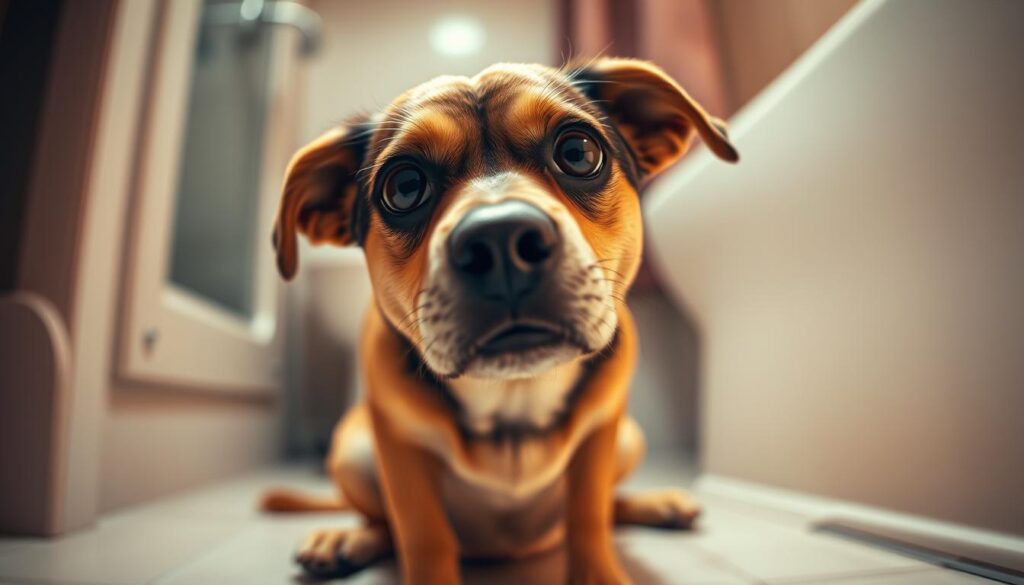
Your calm presence matters more than words. Standing quietly behind or slightly off to the side reduces direct eye contact if it feels awkward. That small shift gives the animal a stronger sense of safety without crowding space.
Pack instincts still shape domestic behavior. In a brief break, many animals check in with owners as a trusted protector. Learn to read this body language and respond with steady posture and soft tones to offer comfort.
“During elimination, animals are more exposed, so a glance toward a trusted human is a sensible safety check.”
- It’s usually a safety check, not misbehavior.
- Body language shows limited escape options, prompting a look.
- Your position and silence help provide comfort.
Heartbreaking reason your dog looks at you while they’re having a poo: safety, trust, and pack behavior
Because the pooping position limits vision and mobility, many dogs scan for backup. That crouched stance is a defensive liability, so a quick glance toward you buys extra safety.

Vulnerability in the pooping position and the need for backup
In that vulnerable moment, escape is harder. A brief look checks the scene and asks if the area is clear.
Pack dynamics and why your dog treats you like a trusted protector
Pack instincts persist in domestic life. Many dogs view you as a pack leader or protector and rely on your presence to feel secure.
Affection and eye contact: the oxytocin bond at bathroom time
Soft eye contact can release oxytocin for both of you. A calm “good job” or quiet tone strengthens trust without crowding space.
Approval and rewards: how early potty training shapes lifelong habits
Early training that pairs praise or treats with correct elimination teaches dogs to check your reaction. That feedback loop becomes a lasting behavior.
“It’s just business”: line of sight and normal canine body language
“Elimination is routine business; catching your face in the line of sight is often practical scanning, not a social message.”
- You’ll see how the position invites a check for backup.
- Pack instincts explain protective reliance and scanned vigilance.
- Calm praise reinforces comfort; avoid hovering to give space.
Beyond the stare: other canine bathroom behaviors explained
Many canine bathroom actions are about communication, not emotion. You’ll find that what seems odd often has clear biological or social reasons. Read on for short, useful explanations and quick tips.

Do dogs get embarrassed? Why shame isn’t part of elimination
Dogs do not feel human-style embarrassment during elimination. When they make eye contact, it is usually scanning for safety or reassurance from a trusted person.
So those eyes are practical, not guilty.
North-south alignment: the surprising magnetic field finding
Researchers observed that some animals align their bodies along the Earth’s magnetic field when they defecate. The pattern is subtle and not fully explained.
This north-south tendency may be an unconscious habit rather than a conscious choice.
Scent signals: how poop and urine share age, health, and territory info
Feces and urine broadcast rich scent data to other dogs. Scents can reveal age, sex, recent diet, health, and even excitement or stress at the time of elimination.
- Tip: Watch scent-marking as social info, not bad manners.
- Tip: Trust calm guidance; give space during elimination to reduce stress.
“Many bathroom behaviors are communication tools—read them as signals, not judgment.”
How to respond during your dog’s bathroom break
How you stand and move during a bathroom break can shape trusting, low-stress behavior over time.
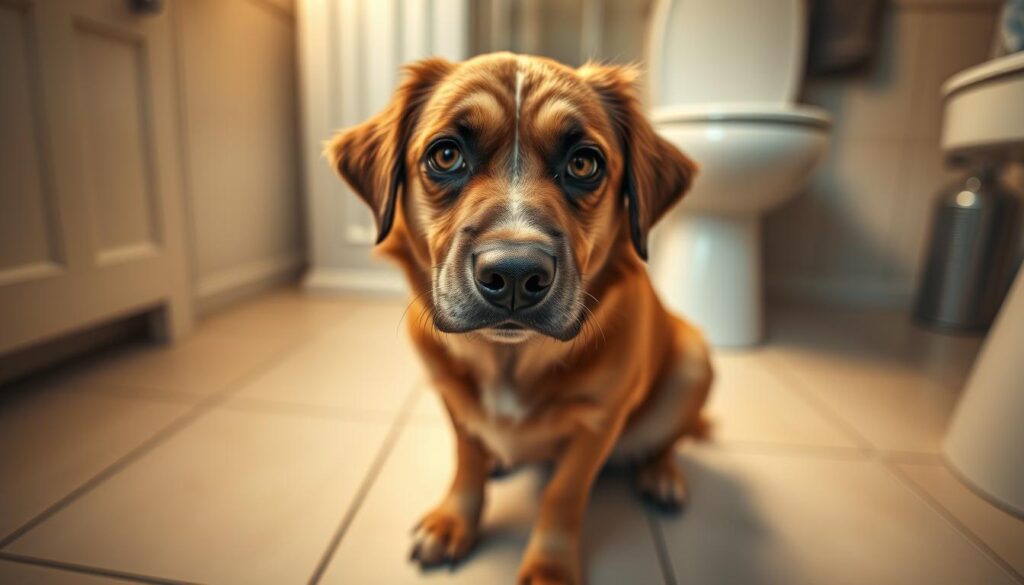
Position yourself: scan the area and avoid sudden movements
Stand a bit behind and slightly off to one side. This spot keeps the dog’s line of sight open while reducing direct eye contact.
Scan the area for distractions or hazards. Move slowly and keep hands relaxed to prevent startle responses.
Eye contact, praise, or look away? Choosing comfort over awkwardness
Offer a soft, low-key “good job” after the break if that works for you. Short praise strengthens trust and supports training.
If direct eye contact seems to make either of you tense, look away until the dog finishes. Comfort matters more than ritual.
Support FOMO and safety without crowding their space
If your pet suffers from FOMO, stay nearby but give room. Presence from the back or side lets them feel protected without pressure.
Make sure to reward calm behavior and keep bathroom breaks consistent to shape steady long-term behavior.
“Stand steady, move slowly, and let calm routines do the teaching.”
- Stand behind/aside, scan for danger, avoid sudden moves.
- Choose quiet praise or look away—pick what brings comfort.
- Stay close enough to offer safety but not so close that you crowd.
| Action | Effect on comfort | When to use |
|---|---|---|
| Stand slightly behind | Reduces direct eye contact; feels protective | Use routinely during outdoor and indoor breaks |
| Offer low-key praise | Builds trust and reinforces training | After the pet finishes calmly |
| Look away | Decreases stress for sensitive animals | If eye contact triggers tension |
| Stay nearby but give space | Supports FOMO without hovering | When the animal seeks reassurance |
Bathroom habits as health signals you shouldn’t ignore
Subtle shifts in bathroom habits often signal bigger health changes, so small patterns matter.
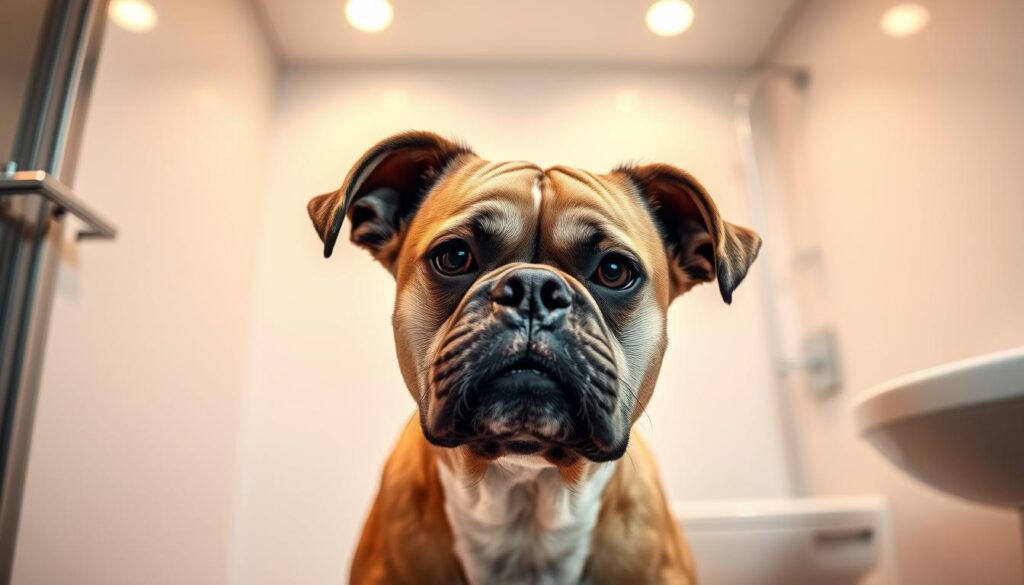
What normal looks like: many dogs defecate once or twice a day. Stools should be formed but not dry. Color and texture give quick clues about overall health.
What to watch for
Hard, dry stools and straining can mean constipation or low hydration.
Soft stools or diarrhea often point to parasites, infection, sudden diet change, or illness. In mild cases, canned pumpkin and a short course of probiotics may help.
When to act
Call your vet if soft stools last more than a few days or if you see blood, repeated scooting, sudden color change, or frequent elimination beyond normal time.
“Notice small changes in behavior and body language during bathroom breaks — they protect long-term health.”
- Keep a consistent schedule so deviations are easy to spot.
- Try simple at-home tips for mild upset, but know when to seek professional care.
- Use training and steady routines to make signs clearer over time.
Conclusion
,
That steady glance during a bathroom break often serves as a quick safety check rather than social shame. It ties to pack instincts, learned training, and simple scanning of the area.
As owners, stand off to one side, offer low-key praise or treats after the job, and give space during the act. These small moves build trust and comfort and shape calm habits over time.
Watch stool consistency and changes in behavior as early health signs. In short, the dog stare is usually practical business — a vote of confidence. Treat it as a compliment: your pet sees you as protector and pack leader in that vulnerable moment.

